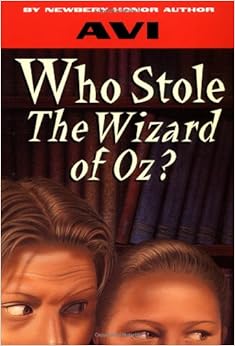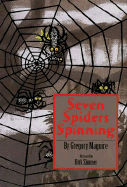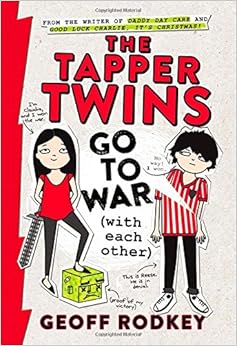 Who Stole the Wizard of Oz?
Who Stole the Wizard of Oz?Avi
Random House, 1981
Grades 2-5
Mystery
Becky gets summoned to the town library to be questioned by the police. She and her twin brother, Toby, comply, only to find out that Becky is being accused of stealing five rare books recently donated to the library to be sold in the annual book sale. Becky is determined to clear her name and Toby agrees to help, but where to start? The twins first discover who the original owner of the books was: a recently deceased wealthy townswoman who loved children's books. Upon her death she bequeathed her most prized possessions to her niece (and Becky's next-year teacher): the five classic children's books. The niece, who is crabby and practical, was not happy with the inheritance and donated the books to the library. The children next contact the old lady's former companion and housekeeper, who sheds more light on the puzzle. The mystery becomes more than just clearing Becky's name; the twins are convinced that the old lady hid a real treasure. Meanwhile, Becky and Toby read the five books in order to look for patterns and clues. Eventually the children discover the actual location of the dead woman's treasure, lay a trap, and catch the book thief in the act, clearing Becky's name and freeing the long-lost treasure at last.
Who Stole the Wizard of Oz is a golden oldie, yet one that has stood the test of time. I re-read it in order to prepare for my third/fourth grade book discussion group.The book is a great level for the early school months of this group; slightly longer than introductory chapter book length, has wide margins, large print, and a few scattered pictures to break up the text. It is also a great choice for an introduction to the mystery genre. There are enough suspects to keep the reader guessing, but not so many to confuse. The culprit is "gettable" and clues lead up to the solution. The children work independently and use their wits to crack the code and pin down the thief. I love that the "real treasure" is classic children's books. In order to solve the mystery the twins must read all five classic titles, which may encourage readers to also try them out. Today's children will enjoy reading this book, solving the mystery, and running freely around Checkertown with Becky and Toby, hunting down the clues. I turn to this book often as a great choice for this age. It is a solid mystery at a great level that isn't muddled up with other plots. And, best of all, brings home the value of books and reading.






